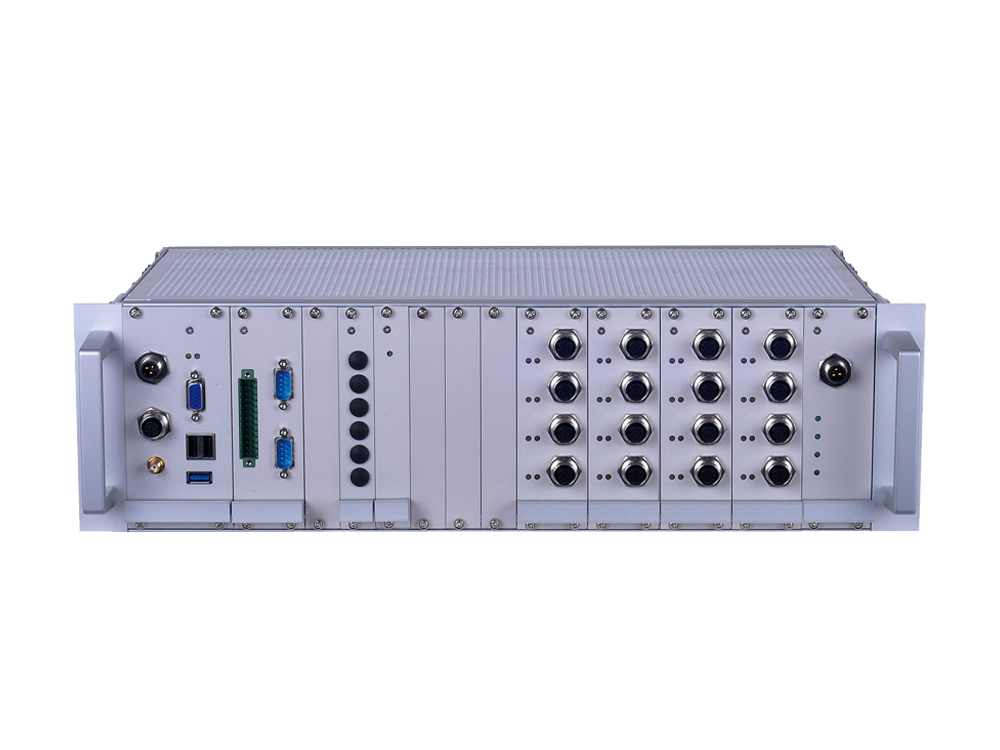Rise of Self-Driving Shuttle Bus
The momentum in automated mobility is flourishing at global level, with many field tests conducted in France, Japan, Taiwan, and United States. For instance, there have been successful field tests of self-driving shuttle buses in Taipei and London recently (at the time of this writing).
Self-driving shuttle services offer the “last mile” transportation on pre-defined destinations and routes, such as the distance between offices/campus and metro stations. Besides a fenced and repeated route, this type of autonomous service vehicle can be navigated with zero human intervention by installments of GPS tracking, odometry, collision detection technology LiDAR, computer-based visioning and on-board computing gateway.
Onboard Computing Gateway - The “Brain” in Self-Driving Shuttle Bus
Like all the intelligent, autonomous technologies, the self-driving shuttle bus requires an onboard computing unit to function as the “brain” to manage and control all the connected vehicle subsystems including sensors, LiDAR, GPS tracking component, locomotion, energy control, visioning and communication devices. The onboard computing unit will automatically recognize and analyze all the data from these connected devices, and then generate responses such as image processing, vehicle motion control and location recording.
In terms of image processing, the onboard cameras will function as the “eyes” for the self-driving shuttle bus to identify the surroundings of the vehicles, such as road signs, traffic lights, poles and pedestrians. All the captured footages will be sent to the onboard computing for analysis and processing. For instance, all the objects in the along the predefined route will be identified as points of references, such as obstacle points or stopping points.
With efficient image processing, the onboard computing unit will take references to direct the vehicle with proper commands in response to critical points. Also, with the help of LiDAR that detects possible colliding objects with laser technology, the vehicle can travel safely in the predefined motion.
Another critical installment is the GPS tracking subsystem. In order to keep track of the location and direction of automated shuttle bus, GPS plays a significant role for the control room to know where their buses are heading to.

Future Implications
Self-driving technology can be applied also in fields such as metro transit, urban/industrial zone fleet management, and Group Rapid Transit, where routes and destinations are pre-defined. Once the technological specifications and requirements can be standardized, the self-driving transportation will help create a much pollution-reduced city with smart mobility that help citizens for the “last mile” lift.
Recommended Solution
Due to the light infrastructure nature of self-driving shuttle bus, the main technological aspect to deal with is the onboard computing unit. The system must be able to integrate many subsystems effectively in order to perform image processing, vehicle motion control and location tracking. As a recommended solution, Lanner’s modularized and rugged solution R8S is designed with various functionality to work with multiple cameras, LiDAR GPS, odometry and computer vision.
The robust R8S from Lanner comes with high-performance CPU (Intel® Core™ i7-6600U Processor), DDR4 memory, abundant PoE ports for IP cameras, and rich I/Os for subsystem instruments. Also, R8S is tested to work under extreme temperature, which is critical as buses are deployed in an outdoor environment.







